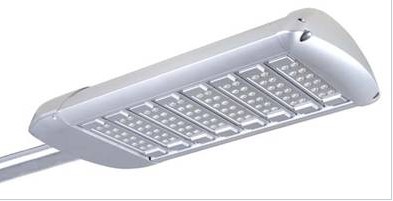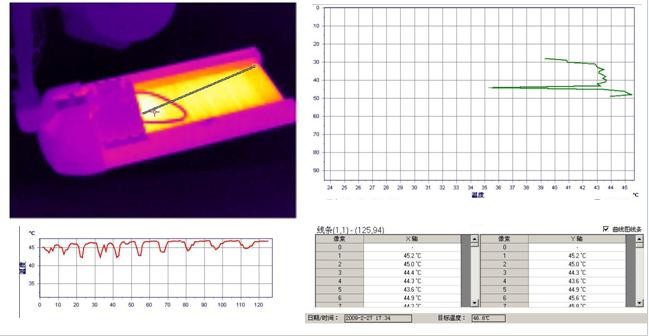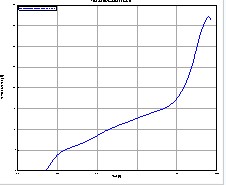Foreword: Figure 1 High-power Led Street Light First, the cooling of LED street lights Rapid and effective heat dissipation in the overall design process of high-power LED street lamps is a key issue for LED street lamps, because the light decay and life of LED light sources are decisively related to the operating temperature. At present, LED street lamps mainly adopt heat pipe cooling and natural heat dissipation. 1, heat pipe cooling Heat pipes are widely used for heat dissipation of CPUs and are highly efficient, but need to be equipped with heat pipes and moving media. It also needs to be bent and pressed with the structure of the lamp, which is complicated to manufacture and install. It is more suitable for integrated LED modules, such as 50W, 100W or even more integrated LEDs. Since the moving medium is added to the heat pipe, once the medium leaks, the entire heat pipe system will be ineffective, and the LED junction temperature will rise sharply. In addition, regardless of the failure of the LED Street Light for some reason, the repair is complicated and requires skilled professional personnel. 2, natural heat dissipation Natural heat dissipation is a common heat dissipation method for LED street lamps. It has the characteristics of simple production, reliable performance and low cost, but its efficiency is low. How to improve the heat dissipation efficiency is the key to applying the natural heat dissipation method. I think that we must first have a good material and thermal interface, sufficient heat dissipation area and heat storage capacity. On the basis of satisfying the above several conditions, the natural heat dissipation method The essence of luminaire design lies in highlighting a "fast" word, that is, how to improve the rapid flow exchange of hot and cold air is the key, so that the heat on the street lamp is dissipated through the rapid displacement of hot and cold air, thereby achieving twice the result with half the effort. Simply blindly increasing the heat capacity and heat dissipation area will only make the LED street lamp a product with a heavy weight and a beautiful shape. This is a misunderstanding of the understanding and design of this type of heat dissipation. In addition, it is very important to fully reduce the thermal resistance between the nodes, as well as the design and proper installation of efficient drive circuits. In short, the heat dissipation of high-power LED street lamps is a systematic project, which requires design, test and test trilogy. Only in this way can we be scientific and reasonable. Figure 2 Thermal imaging graph of natural heat dissipation We have produced a 140W natural heat-dissipating high-power LED street lamp that has been tested at 25°C and its LED junction temperature has risen by 37°C. This value is rare in the domestic industry. We are still making further progress. Optimized to get a better junction temperature. At present, the LED thermal resistance is about 8 °C / W. With the continuous improvement of electro-optical conversion efficiency, LED thermal resistance will continue to decline, greatly reducing the design difficulty of using natural thermal street lamps, and the continuous improvement of LED comprehensive performance and meticulous Scientific design, natural heat dissipation method can truly reflect the advantages of convenient manufacturing, low price and reliable performance, and it will surely be the mainstream way of cooling LED street lamps in the future.   
With the progress of social development, energy conservation and emission reduction has become the establishment of a strong national policy of the times, and has provided a solid foundation for the development of LED applications. The implementation of the major demonstration projects of the “Ten Cities and Ten Thousand Streets†streetlights of the Ministry of Science and Technology, and the autonomous LED streetlight projects that are enthusiasm in many provinces and cities, this in full swing, clearly demonstrates the unquestionable energy-saving effect of LEDs and the strong vitality of their applications. However, due to the lack of uniform technical standards and measurement standards for LED street lamps, there are no mandatory performance indicators. In the era of the four heroes, the quality of LED street lamps is uneven, and it is used prematurely in some places, affecting society and users. The confidence of LED lamps. Therefore, strengthening technology research and development to continuously improve the overall quality of LED street lights is still the top priority of the LED application industry. 


Figure 3 High-power LED street light junction temperature rise curve